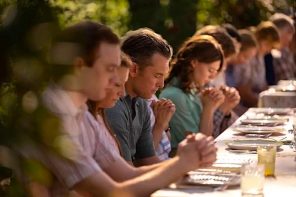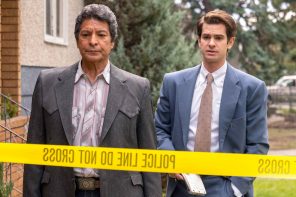The Sunday New York Times‘s front-page story on Mitt Romney’s service as a Mormon lay pastoral leader is hands down the most humanizing profile of candidate Romney that I’ve yet seen. And it makes a substantial contribution towards improving a national conversation about Mormonism that continues to fixate on caricatures and pejoratives.
(A week after Pastor Robert Jeffress went on a media-spree hurling the pejorative term “cult” at millions of American Mormons, the Daily Beast’s McKay Coppins has unearthed evidence that Jeffress may have been encouraged by Perry campaign supporters.)
The Times article offers a nuanced look at Romney’s thirteen years of service as a congregational pastoral leader (bishop) and regional administrator and pastoral leader (stake president) in Belmont, Massachusetts, during which time “he confronted anti-Mormon sentiment and management challenges, supervising youth programs, the church’s social welfare system, missionary training and outreach to Hispanic, Portugese, and Southeast Asian converts, including Cambodian and Laotian refugees whose teenagers were joining the church in droves.”
Through interviews with Belmont-area LDS Church members, Romney comes across as dedicated and hardworking, “imperious” but also capable of great tenderness, a “Big Mormon” who was a “pretty full of himself” yet worked intensely to develop ways to serve at-risk young people of color, and at times tone deaf—especially on gender issues.
Contemporary Mormon life also radiates through the details of the Times article, from the culture of elite Mormon leadership in upper-middle class Mormon enclaves and the local politics of LDS temple building to the LDS Church’s challenges retaining converts and the struggles of its feminists, the Boston area being home to an historically strong Mormon feminist community.
At a time when America is trying to come to terms with Mormon difference, by focusing on congregational and community life—rather than esoteric elements of doctrine—the Times has helped unlock one of most significant distinguishing features of contemporary Mormon life: the intensity and intimacy of lay-led LDS congregations.




